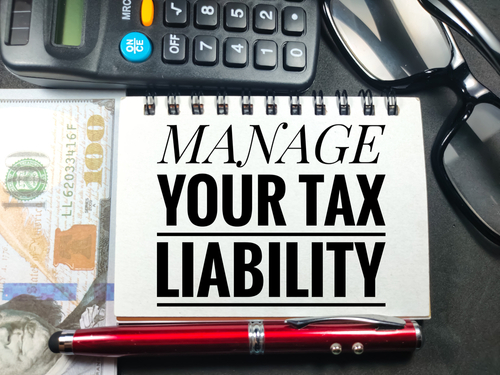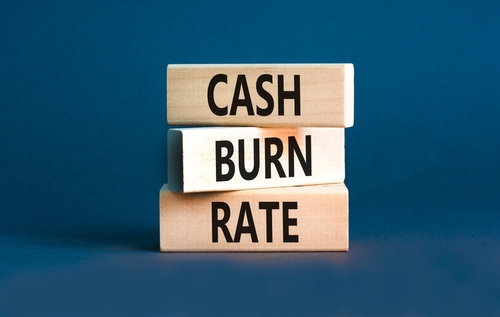
Limit Trips to the Store
Of course, you’ll need food, toiletries and general household staples, but here’s your chance to step back and make lists, as opposed to running out to Target or Starbucks for a quick adrenaline rush. Plan your trips out. Buy store brands. Check prices. Use those coupons. Set your sights on the long view of the month, if not the year. This is one way to work toward getting fiscally fit.
Eat Everything in your Pantry
You probably have cans of soup and pasta sitting on your shelves. Maybe even some canned veggies. Google some simple recipes with the items you have, add some spices and voila, you’ve got a tasty, no-spend meal. Noshing like this can lead to long-term savings.
Forgo Eating Out
Once more, this tip is related to the first two. Truth is, you’ll want to go out to eat a few times – so go – but within reason. The trick is to find affordable spots with delicious grub. Another money-saving idea: split your entrees. You’ll not only save dollars, but also calories.
Reevaluate Your Subscriptions
This is something that might creep up on you during the year. While you’ve been scrolling these past months, you might have seen an irresistible product and you just had to have it – whether it was special vitamins, a hip magazine or yet another streaming station with all those binge-worthy shows you can’t stop watching. But you might ask yourself: are these expenditures really improving my life? Once you see how much money you’ll be saving, you’ll most likely feel better (new and improved!) already.
Invest the Money You’re Saving
Now that you’ve cut back, you should have a surplus of cash accumulated over the year. So, what to do? One of the best things to do is tuck it away in a high-yield savings account. Just like with regular (traditional) savings accounts, you can withdraw when you want to. But with a high yield, you’ll most likely have a limit to how often you can take money out, which is usually six times per month without a fee. The main difference between a traditional and high-yield savings account is the interest rate. The current national average interest rate for a traditional savings account is 0.64 percent APY. Comparatively, top high-yield savings accounts pay between 4.25 percent and 5.27 percent. You in? Thought so.
Moral of the story? No-spend January is all about starting some new habits for 2024 – and watching them pay off. This way during the new year, you’re not just working for your money, but allowing your money to work for you.
Sources
https://www.cbsnews.com/news/how-no-spend-january-can-kickstart-solid-financial-habits-for-2024/
Disclaimer
Continue Reading
Disclaimer




